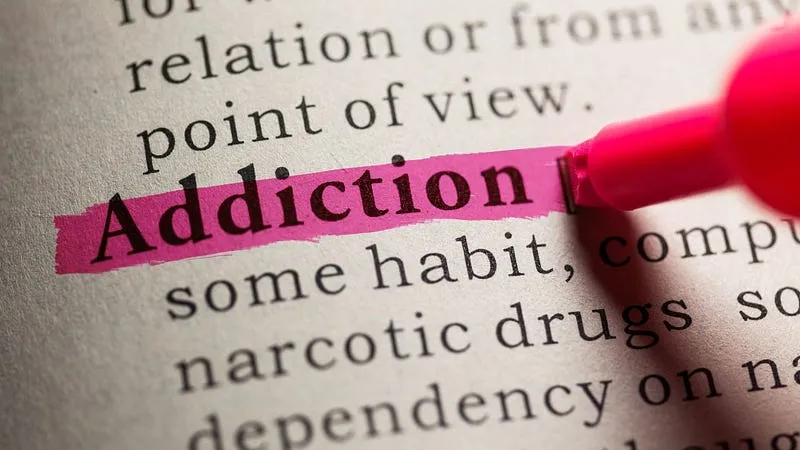

Comparison Between Edging and Relapse in Addiction
Comparison Between Edging and Relapse in the Context of Addiction: Which Is More Damaging?.
In the realm of addiction, two concepts frequently arise as significant topics: edging and relapse. Both terms, despite their differences, have destructive impacts. This article will explain the differences between edging and relapse and why both can be dangerous in the context of addiction.
Edging vs. Relapse: Definitions and Differences#
To understand the differences between edging and relapse, we can use the following metaphor:
- Edging: Standing at the edge of a cliff. This represents a situation where someone toys with temptation or urges without fully giving in.
- Relapse: Falling into the abyss. This is when someone fully returns to addictive habits or behaviors after attempting to quit.
Many people believe it is better to be on the edge of the cliff as long as they don’t fall into it. They think that as long as they can control themselves, there is no harm in approaching temptation. However, there are several serious issues with this approach.
The Risks of Edging: Playing at the Edge of the Cliff#
The main problem with edging is the feeling and the time spent. When we feel capable of controlling our desires, we often feel free to play at the edge of the cliff. The goal of approaching the cliff edge is the abyss itself. It’s just a matter of time before we actually fall.
This can cause more damage than simply falling into the abyss, as we lose so much time spent playing at the edge of the cliff. Edging makes us feel as though we still have control, when in fact, we are very close to relapse.
Avoiding Triggers: Key to Overcoming Edging and Relapse#
Avoiding triggers is an effective strategy in overcoming addiction. Triggers are situations, emotions, or environments that push us back into addictive behavior. Here are some strategies to avoid triggers:
- Identify Triggers: The first step is to recognize what our triggers are. Note the situations or feelings that bring about the urge for addiction.
- Avoid Risky Situations: If we know that certain situations can trigger addictive behavior, avoid those situations as much as possible.
- Manage Stress: Stress is one of the main triggers of addiction. Find healthy ways to manage stress, such as exercising or writing.
- Build Social Support: Have a strong social support network. Friends, family, and a supportive environment can help us stay on the right track and avoid triggers.
- Replace Negative Habits with Positive Ones: Look for activities that can replace addictive habits. For instance, if smoking is the habit to be broken, try replacing it with activities like exercising.
Regarding Desires: Between Feeling Strong and Being Strong#
Desires become a problem when we feel capable of overcoming them, thus feeling it is okay to approach them. There is a difference between feeling strong and being strong:
- Feeling Strong: Feeling capable of controlling urges, thus tending to play with temptation.
- Being Strong: Striving to avoid urges as much as possible, consciously avoiding temptation.
In the context of addiction, it is important not only to feel strong but also to be strong by avoiding existing temptations. Being strong means acknowledging our weaknesses towards temptations and taking proactive steps to stay away from them.
Conclusion#
Both edging and relapse have damaging impacts in the context of addiction. Edging, although seemingly safer, actually only delays the fall and prolongs suffering. Meanwhile, relapse is a full return to addictive behavior.